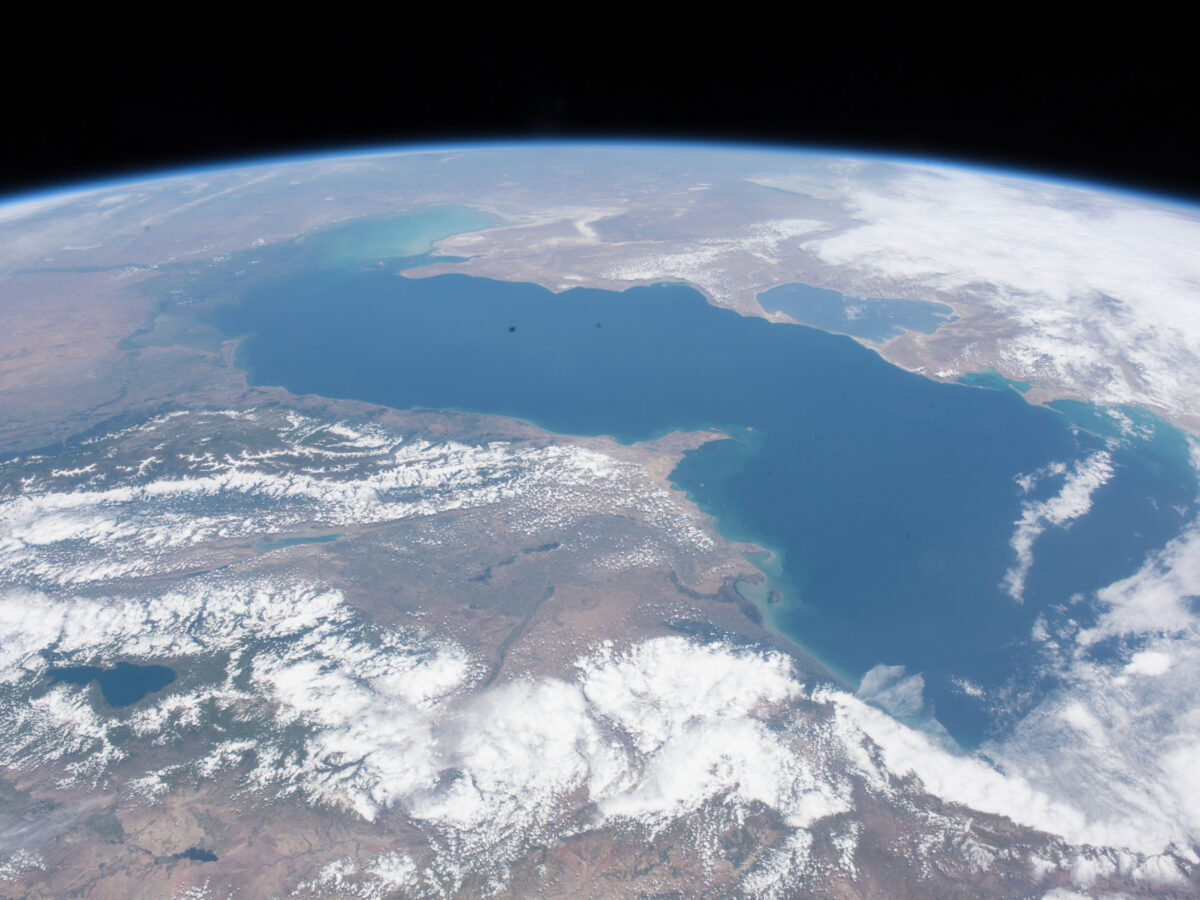Land subsidence and uplift determine where the Caspian Sea’s coastline shifts the fastest.
Azerbaijan
Posted inResearch Spotlights
Uncovering Earthquake Evidence in Azerbaijan’s Greater Caucasus Mountains
A new study unearths geological evidence that corroborates historical accounts of large earthquakes along the Kura fold-thrust belt.


